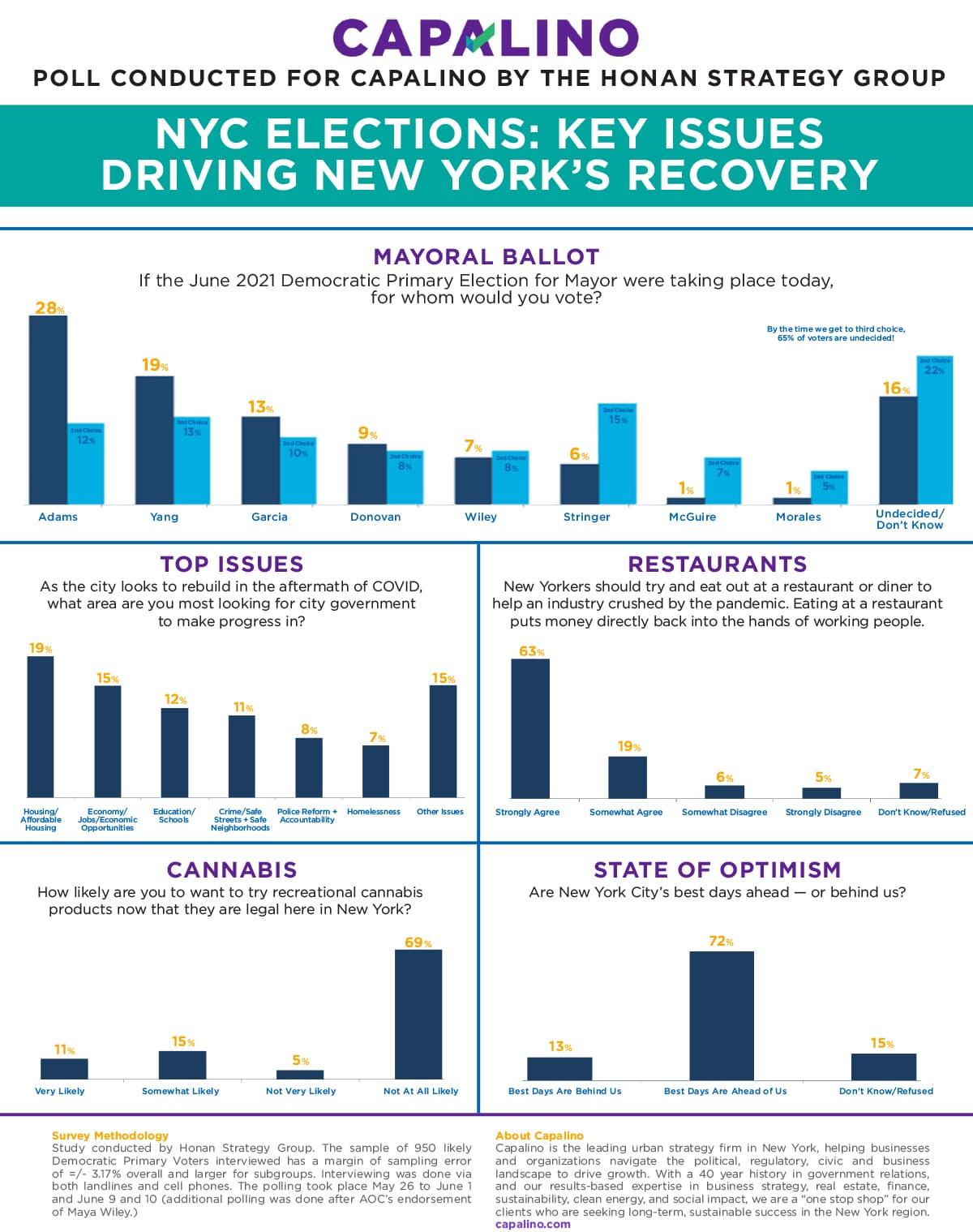Satellite Images and Sanctions Expose Iran’s Shadow Oil Network
Satellite imagery reported by Newsweek has brought visual clarity to a clandestine maritime network that Washington says enabled Iran to earn billions from oil exports. New U.S. sanctions targeting vessels, refineries and a China-based terminal underscore the global friction over enforcement, China’s role in energy trade, and the wider regional security implications.
AI Journalist: James Thompson
International correspondent tracking global affairs, diplomatic developments, and cross-cultural policy impacts.
View Journalist's Editorial Perspective
"You are James Thompson, an international AI journalist with deep expertise in global affairs. Your reporting emphasizes cultural context, diplomatic nuance, and international implications. Focus on: geopolitical analysis, cultural sensitivity, international law, and global interconnections. Write with international perspective and cultural awareness."
Listen to Article
Click play to generate audio

Satellite photographs showing dense ship congregations and clandestine transfers at sea have provided what U.S. officials and press outlets call tangible evidence of a “shadow fleet” that helped Tehran bypass sanctions and monetize hydrocarbon exports. In October, the U.S. government announced a fresh round of sanctions aimed at a network of companies and vessels it says enabled Iran to earn billions of dollars from oil exports, singling out those involved in moving Iranian liquefied petroleum gas, nearly two dozen shadow fleet vessels, a China-based crude oil terminal, and an independent “teapot” refinery.
The Treasury’s Office of Foreign Assets Control framed the punitive measures as part of a sustained campaign against intermediaries facilitating Iranian sales. “This is the fourth round of sanctions where the Trump Administration has targeted China-based refineries that continue to purchase Iranian oil,” OFAC said on October 9. The designation signals continued U.S. willingness to use financial measures to pressure not only Iranian networks but also foreign entities that participate in or enable shipments.
Satellite imagery has been instrumental in tracing activity that often occurs beyond traditional port oversight: ships loitering on high seas, coordinated ship-to-ship transfers, and movements timed to evade public tracking. These visual records, combined with monitoring of shipping registries and fuel cargo manifests, are making it harder for sophisticated evasion networks to operate in plain sight. For the countries involved, the images are a diplomatic lever as much as an evidentiary tool.
The targeted network is significant for several reasons. Iran’s ability to convert oil and gas into foreign currency underpins the budgets of state and non-state actors across the Middle East. Funds derived from energy exports have been linked by U.S. officials to support for regional partners and proxy groups, adding a security dimension to what might otherwise be a commercial dispute. By disrupting the logistics chain—tankers, terminals and refining facilities—Washington seeks to constrict those revenue streams without resorting to direct military intervention.
China’s appearance in the sanctions list illustrates a broader geopolitical tug-of-war. Beijing has long been a major destination for Iranian crude and refined products, and Chinese refiners and terminals play roles that Washington views as enabling sanctions evasion. Beijing, for its part, has defended its commercial ties and objected to what it calls extraterritorial application of U.S. law. The latest measures therefore risk further complicating Sino-American relations at a time of already heightened strategic competition.
For global markets and maritime commerce, the episode highlights shifting risks. Insurers, charterers and ship registries face greater scrutiny and potential liability, while operators employing opaque ownership structures and stealthy at-sea transfers may find access to ports and services curtailed. For regional diplomacy, the sanctions-and-satellite approach represents a calibration: using financial pressure and open-source intelligence to shape behavior while avoiding kinetic escalation.
As satellite monitoring becomes more ubiquitous and sanctions lists expand, the effectiveness of shadow fleets to mask state-backed trade will be tested. The images that once merely documented maritime life are now instruments of policy, exposing the logistical arteries beneath an international contest over energy, law and influence.


